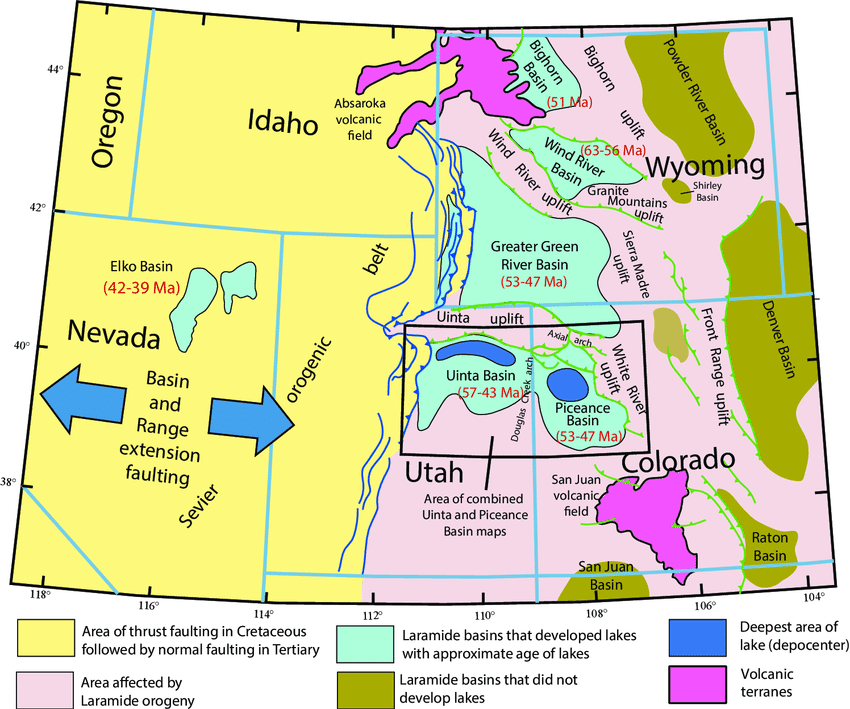Dr. Joshua Schwartz, California State University Northridge (CSUN), will be presenting



Late Cretaceous flat-slab subduction of the Farallon Plate beneath the western United States has been proposed as a mechanism to explain the mechanical and temporal transition from thin-skinned folding and thrusting in the Sevier Orogeny to basement-involved thrusting and basin development in the Laramide Orogeny. Several prominent models propose that flat-slab subduction beneath the Southern California was driven by collision of the conjugate Shatsky oceanic plateau with western North America beginning at ca. 88 Ma resulting in subduction erosion of the upper plate, inboard upper-plate deformation and weak to absent magmatism. A key problem with these models is that Mesozoic arc rocks in Southern California show evidence for widespread magmatism during this interval.
Here, we present >100 new igneous and metamorphic zircon and titanite petrochronology U-Pb ages from the Transverse Ranges of the Southern California Batholith to investigate magmatic and tectonic processes in the frontal arc during postulated initiation of shallow-slab subduction. Our data cover >4000 km2 in the Transverse Ranges and include data from Mesozoic plutons in the Mt. Pinos, Alamo Mountain, San Gabriel Mountain blocks, and the Eastern Peninsular mylonite zone. Igneous zircon data reveal 4 discrete pulses of magmatism at 260-210 Ma, 160-140 Ma, 120-118 Ma, and 90-70 Ma. The latter pulse culminated in an arc flare-up event which peaked at 88-75 Ma and was coeval with high-temperature metamorphism and sinistral-reverse, contractional deformation in various ductile shear zones. Arc magmatism in this region lasted until ca. 70 Ma and was followed by widespread arc cooling below 350C. Underplated schists associated with flat-slab subduction (e.g., Pelona schists) show no evidence for partial melting and were not metamorphosed beneath the Southern California Batholith until after ca. 65 Ma. These observations contradict existing flat-slab models and are inconsistent with underthrusting of the conjugate Shatsky plateau before ca. 70 Ma. We suggest that flat-slab subduction occurred much later than proposed in most prominent models and flat-slab subduction cannot be called upon as a mechanism to explain the beginning of Laramide deformation in the western US.
Joshua Schwartz is Professor of Geology at California State University Northridge (CSUN). His research focuses on the growth of lower crust in continental arcs, including timescales of magmatism and metamorphism and the processes that control the evolution of magma systems. His work utilizes geochemical and isotopic tools, particularly U-Pb geochronology and geochemistry, in combination with structural and petrologic observations to understand the age and origin of magmatic rocks and the processes that have affected them. He co-supervises the California State University Northridge Laser Ablation laboratory and is the founder of the LA-ROCS program which aims to encourage aspiring CSUN geology undergraduate students to pursue research projects with faculty.